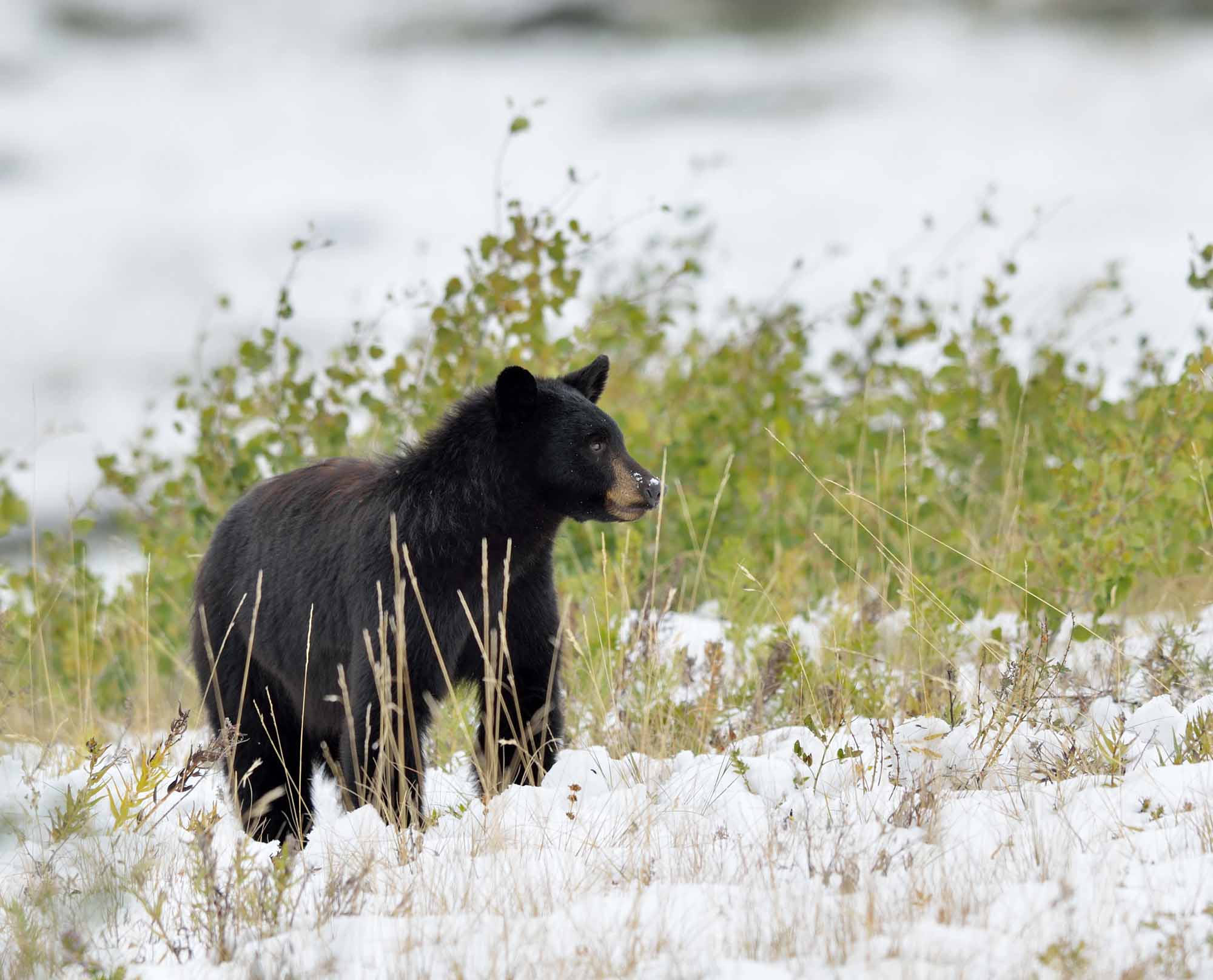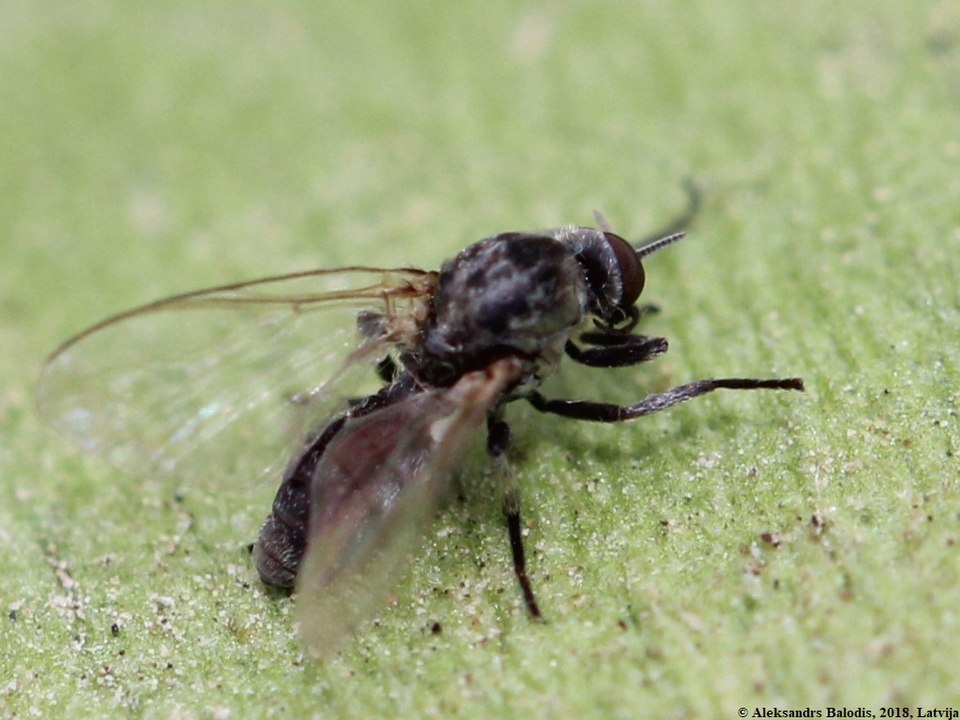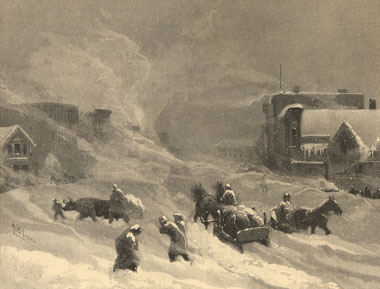Article
Bird Sanctuaries and Reserves
Protection may be achieved by various means, including land-use zoning, long-term agreements with landowners and outright acquisition of land by wildlife agencies. Protected land areas may be designated as national wildlife areas, conservation areas, game reserves, etc.














